 |
| Category: Badges |

|
|
|
|
|
|
Cloth Shoulder Badges of
Australia; Overview |
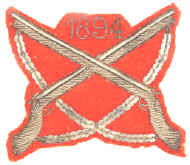 |
 |
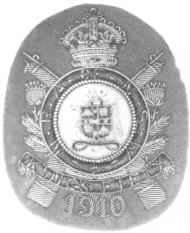 |
| The first
shoulder badges issued to Australians were colonial marksman badges.
(Above left). The men who served in South Africa wore metal titles
indicating Australian Commonwealth Horse (above
centre). Between the
Boer War and WW1 shooting badges became common again. (above right) |
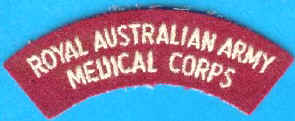
|
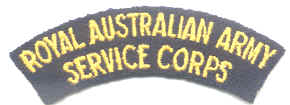 |
| In
1962 shoulder flashes were altered. the border was dropped and they were
worn only on the winter uniform, battle-dress.
A full list of eligible Units with many examples on Shoulder
Flash 2 |
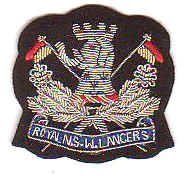
|
At
one time Bullion badges were issued for wear on berets. This is one of
them.
Royal NSW Lancers. |
|
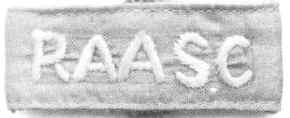
|
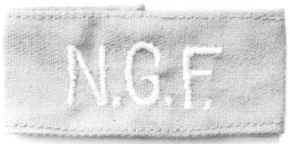 |
|
From the 1960s to the
1980s various units wore slip-on shoulder titles. Left
is Royal Australian Army Service Corps (RAASC) of 1960, right is New
Guinea Forces 1980. |
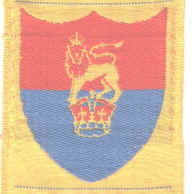 |
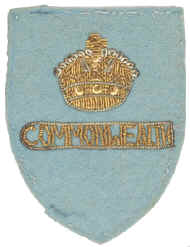
|
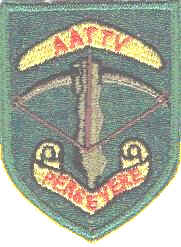 |
| After
1950 the Australian Army started to wear formation signs as shoulder
patches to replace the old colour patch system. Here we see the
formation patches of (l to r) Army HQ (1950); 1st Commonwealth Division
(Korea): Australian Army Training Team Vietnam (AATTV). More details on
following pages. |
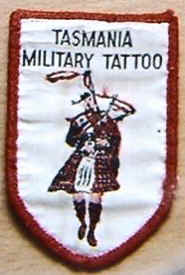 |
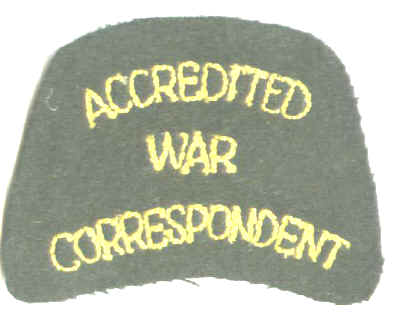
|
| Not all badges were official. Some
were semi official as this Tasmania Military Tattoo badge was. |
Some badges were worn
by civilians who were authorised to do military related jobs. This is
the badge of an Accredited War Correspondent.
|
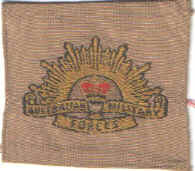
|
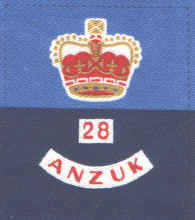 |
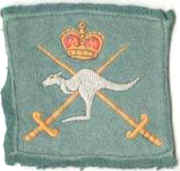 |
| At
various times and in various postings Aussies have worn a range of
shoulder patches; some were representations of the Rising sun badge,
some were unit specific (28 Anzuk Brigade) and some were posting
specific (Australian Defence Liaison Group). More details on following pages. |
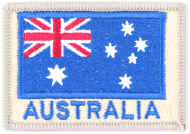 |
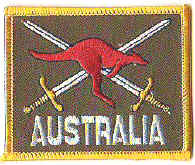 |
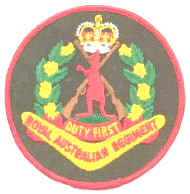 |
| Since
Vietnam there has been a growing trend to wearing the Australian Flag as
a shoulder patch (above left) to UN shoulder flashes (above centre) and
unofficial unit patches on work and sports dress (above right). More
details on following pages. |
| Some
images are from Australian Army Badges: Cloth insignia
of the Army in Australia 1860-1993 by J K Cossum ISBN 0 949530 14 X |
|